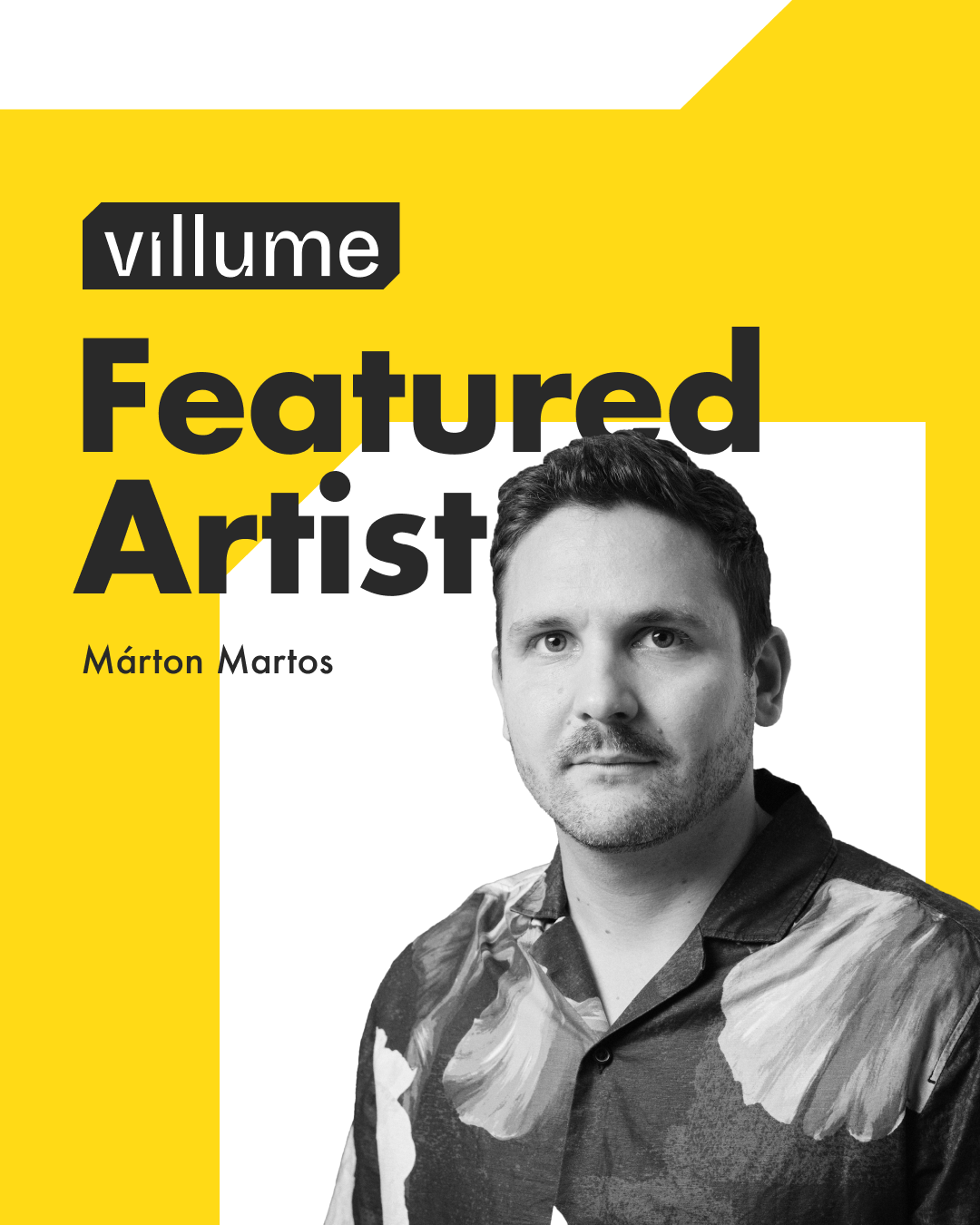With a wealth of conceptual expertise and hands-on production experience, Marton Martos currently holds the position of Associate Creative Director at Wunderman Thompson Prague. His creative career boasts a successful track record; over the last decade, he has worked in renowned advertising agencies such as DDB, McCann, and Saatchi & Saatchi.
In an exclusive tête-à-tête, we had the privilege of picking his brain about insights into photography, the interplay between his background in photography and his role as an art director, and perspectives on the evolving landscape of photography in the age of AI. The occasion? The launch of his photography exhibition on Villume.
Could you please share your journey into photography and how you got started?
M.M.: "My father was an avid amateur photographer when I was a child. He had an old SLR with a few lenses and took color slides on family vacations. As a young boy, I was obsessed with the shiny, clicky big camera. Meanwhile, my mother carried a small point-and-shoot to fill the family album. Even when I was too small to use the SLR, I was allowed to take photos with the small camera.
On a family trip, I tried super hard to capture as much in my photos as possible, so I tilted the camera to get more width corner to corner in the viewfinder. I was 6, and I never realized the final photos would end up tilted rather than wide-angle. My parents were a bit surprised but super impressed with my strange, tilted photos of Venice. That positive feedback got me hooked on photography, I think.
I was also glued to National Geographic magazines as a teenager, so it was clear to me that I would be a photojournalist. I went to uni to study photojournalism, but it was an absolute eye-opener to all the other sections of photography and visual culture. It was also a bit of an overload, and that is how I ended up in advertising, which happened to be a shortcut back to high-level commercial photography."
How has your background in photography influenced your role as an art director?
M.M.: "At first, very badly. I struggled with the fact that I couldn't necessarily just go and take the photo I envisioned. But all the edits, grades, and stock library searches made me way more aware of what an image needs to tell a specific story and give a specific feeling.
When it comes to actually creating an image or even a film, it is a tremendous help by giving me confidence in the process, and even just knowing the right lingo helps make things smooth on set.
The different thinking also helps with straying from the usually word-based concept work and finding different, visual angles on briefs."
Can you tell us more about the work you’re showcasing on Villume?
M.M.: "My pandemic lockdown coping was building a small and rather dodgy studio in the living room. I started taking photos of what I had around. With my advertising background, these tiny sets always ended up looking like packshots. As these photos piled up, I realized that we rarely take a good look at everyday commodities around us. The rare glimpse into the details of everyday objects comes to us through promotional imagery – and advertising.
This project takes this meticulous observation and hands it on a silver platter to the visitors. It invites all of us to think about the beauty of the small details and opens a new world, where the mundane becomes decorative, and everyday becomes special."
What's your favorite thing to shoot?
M.M.: "To some extent, I’m still the six-year-old boy who loves clicky toys. I like technically challenging photos. Glass and metal stuff are great to shoot, an almost meditative game, pushing things by millimeters to get what I want.
I also love shooting people for specific looks and seeing how they transform in front of the camera. I loved doing the few fashion projects I did this far; I see them as a dynamic, ever-moving version of the packshots."
What are your insights on the potential impact of AI image generation technology on the future of photography?
M.M.: "I have been a huge supporter of phone photography since the beginning. My argument was and still is that the more people live their lives looking for good photos, the more good photos will be appreciated. I think AI prompting has the same effect. If you have to think about what you want to see and put it into words for a prompt, that is the first step to actually trying to understand photography.
To me, very few photos ever worked as a proof of some truth, so the “fakeness” is not an issue – not a new one anyway. On the other hand, I love the process of creating a photo. I love sets, I love the preparation, and I love that big sets need teamwork to pull off. This is lost with AI, and so are the millimeter-by-millimeter adjustments. If somebody loves images, AI is a great tool to create them. If somebody, like me, loves the cool clicky machines and the lights that go beep, photography is the way."


